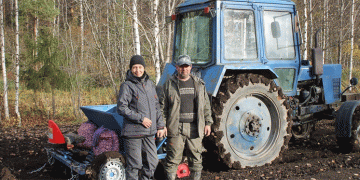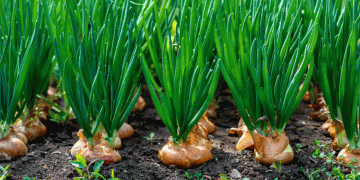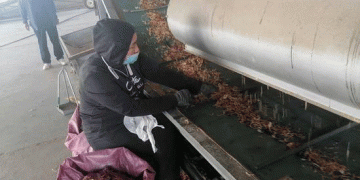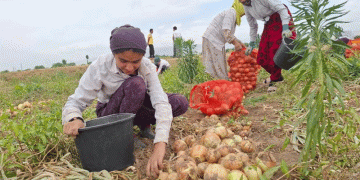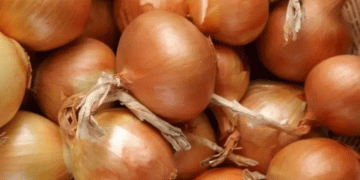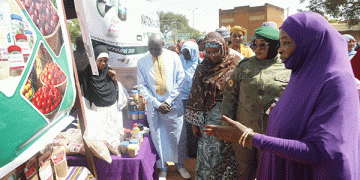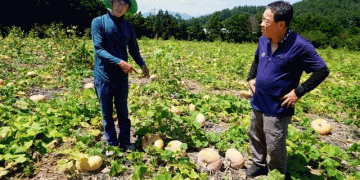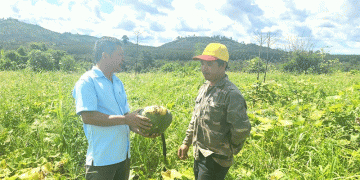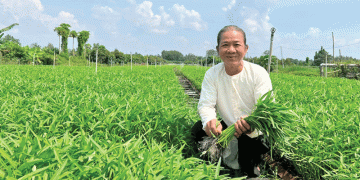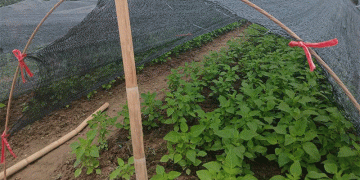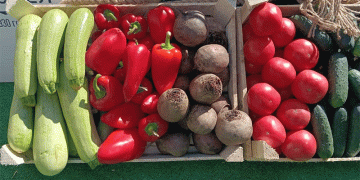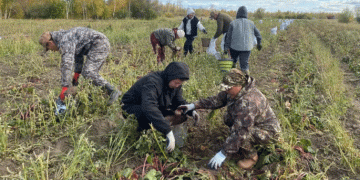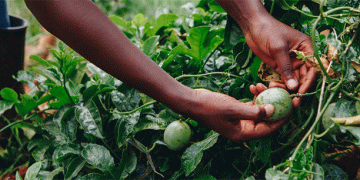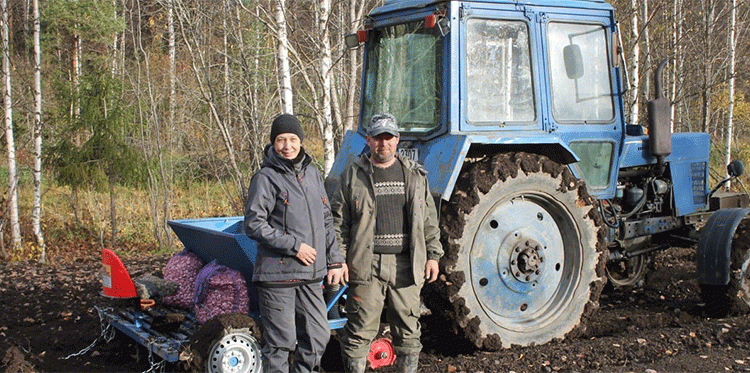The recent announcement of the Potashev family’s garlic farm in the Prionezhsky District is more than a local interest story; it is a microcosm of a growing agricultural trend. By securing a grant to establish a one-hectare plot of winter garlic, these farmers are tapping into a strategic opportunity that aligns with broader market demands and agronomic innovations. For farmers, agronomists, and investors, this initiative offers a compelling case study in diversification and value-added production.
The Market Rationale: Beyond Local Supply
The Potashevs’ target of a five-ton yield addresses a significant market gap. Russia’s garlic market is substantial, with consumption estimates consistently high. According to recent industry analyses, Russia consumes approximately 200,000-250,000 tons of garlic annually, but a staggering 70-80% of this is imported, primarily from China. This heavy import reliance creates a powerful economic incentive for domestic production. Consumers and retailers are increasingly seeking locally grown, traceable produce, often perceived as having superior flavor and food safety standards compared to long-haul imports. By positioning themselves as a local supplier in Karelia, the Potashevs are leveraging this “localvore” trend.
Agronomic Considerations for Northern Cultivation
The success of this venture hinges on overcoming climatic challenges. Karelia’s short growing season and harsh winters are not ideal for all garlic varieties. The Potashevs’ choice of winter garlic (allium sativum var. ophioscorodon) is strategic. Winter varieties, planted in the autumn, undergo vernalization—a cold period necessary for proper bulb development. This makes them well-suited for colder regions, often yielding larger cloves and higher overall weights than spring-planted types.
However, success requires more than just selecting the right type. Key agronomic practices are critical:
- Soil Preparation: The family’s summer-long land preparation is a vital step. Garlic thrives in well-drained, fertile loamy soils with a pH between 6.0 and 7.0. Incorporating ample organic matter is crucial for nutrient availability and soil structure.
- Seed Stock Quality: Using certified, disease-free seed garlic is non-negotiable. For a new farm, establishing a clean, adapted seed stock will be a long-term asset.
- Season Extension and Protection: To mitigate the risks of a northern climate, investments in low tunnels or floating row covers could be a logical next step. These technologies can protect young plants from early frosts and extend the growing season marginally, which can significantly impact final bulb size.
Economic Viability and Labor Strategy
The business model extends beyond the field. The plan to hire local labor, including students from an “agro-class,” addresses two common challenges for small farms: high harvest-time labor costs and the need to foster community engagement. This approach not only secures necessary manpower but also builds valuable public goodwill and educates the next generation—a model for sustainable rural development.
The financial potential is significant. While prices fluctuate, high-quality, locally grown garlic can command a premium. At a conservative farm-gate price of, for instance, 150-200 RUB per kilogram, the Potashevs’ projected five-ton harvest could generate a gross revenue of 750,000 to 1,000,000 RUB from just one hectare. This demonstrates the high revenue-per-hectare potential of niche horticulture compared to traditional field crops.
The Potashev family’s garlic farm is a testament to the opportunities that exist in modern agriculture for those willing to innovate. It underscores that profitability is not solely dependent on scale but on strategic crop selection, meticulous agronomic management, and a clear understanding of market dynamics. Their project proves that even in challenging northern climates, targeted production of high-value crops can be a viable path forward, reducing import dependency and strengthening regional food systems. For agricultural professionals across the spectrum, it serves as an inspiring example of how grants can be leveraged not just as seed money, but as seed for a new agricultural enterprise.
